Insectivores
Introduction:
Insectivores are a diverse group of animals that primarily feed on insects and other invertebrates as their main source of nutrition. These creatures have evolved specialized adaptations to hunt, capture, and consume their prey efficiently. Insectivores play a crucial role in controlling insect populations, thus contributing to ecosystem balance. Let’s delve into the details of insectivores and explore ten examples across various taxa:
Characteristics of Insectivores:
Diet: As the name suggests, insectivores primarily feed on insects. Their diet may also include other invertebrates such as worms, spiders, and small crustaceans.
Adaptations: Insectivores have various adaptations suited for hunting and consuming insects. These adaptations may include specialized teeth, claws, tongues, or sticky surfaces to catch prey effectively.
Ecological Role: Insectivores help control insect populations, preventing outbreaks of pest species that could harm crops or spread diseases.
Habitats: Insectivores inhabit a wide range of ecosystems, including forests, grasslands, wetlands, and even urban environments, depending on the species.
Life History: Life cycles and reproductive strategies vary among insectivores, but many species have relatively short gestation periods and produce multiple offspring per reproductive event to compensate for high predation rates.
Examples of Insectivores:
Hedgehogs (Family Erinaceidae):
Hedgehogs are small, spiny mammals known for their nocturnal habits. They use their keen sense of smell and hearing to locate insects, worms, and other small invertebrates in leaf litter and soil.
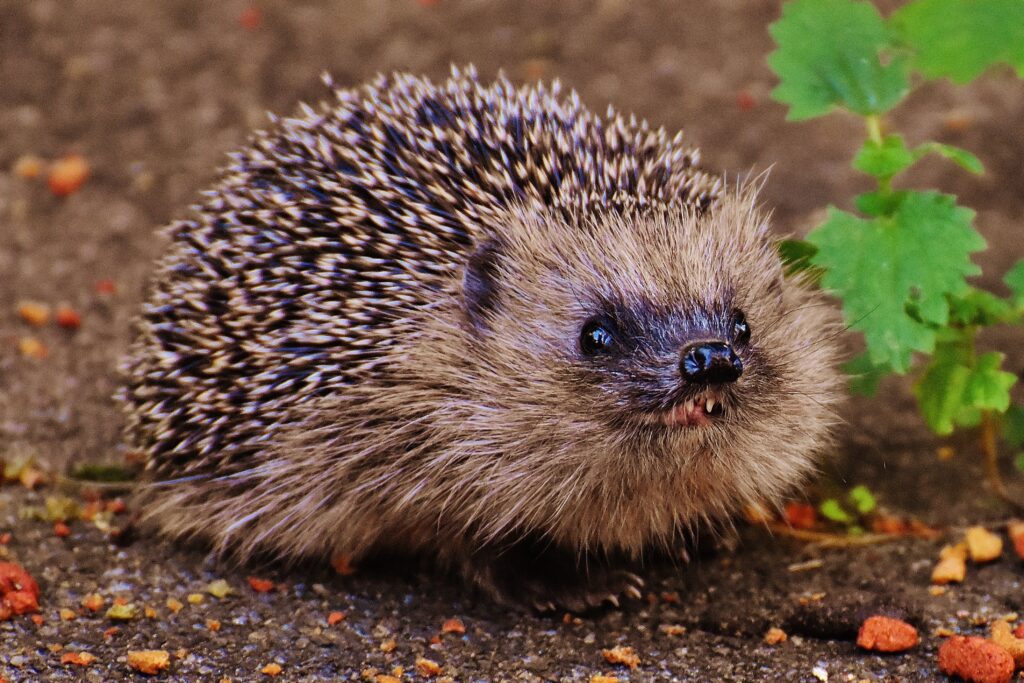
Shrews (Family Soricidae):
Shrews are tiny mammals with high metabolic rates, requiring them to consume large quantities of insects daily. They have long, pointed snouts and sharp teeth for capturing and consuming prey efficiently.
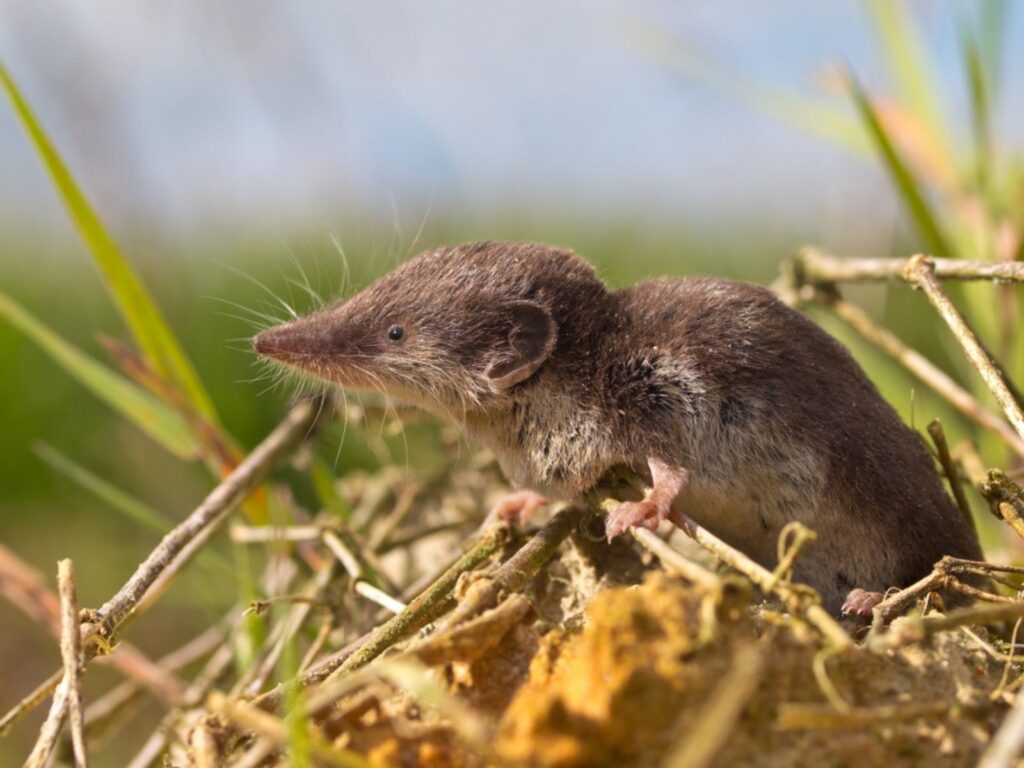
Anteaters (Order Pilosa):
Anteaters, such as the giant anteater and the tamandua, are specialized insectivores with elongated snouts and sticky tongues adapted for feeding on ants and termites. They use their powerful claws to tear open insect nests.

Bats (Order Chiroptera):
Many bat species are insectivorous, using echolocation to locate flying insects in the dark. They consume vast numbers of insects each night, making them important predators in ecosystems worldwide.
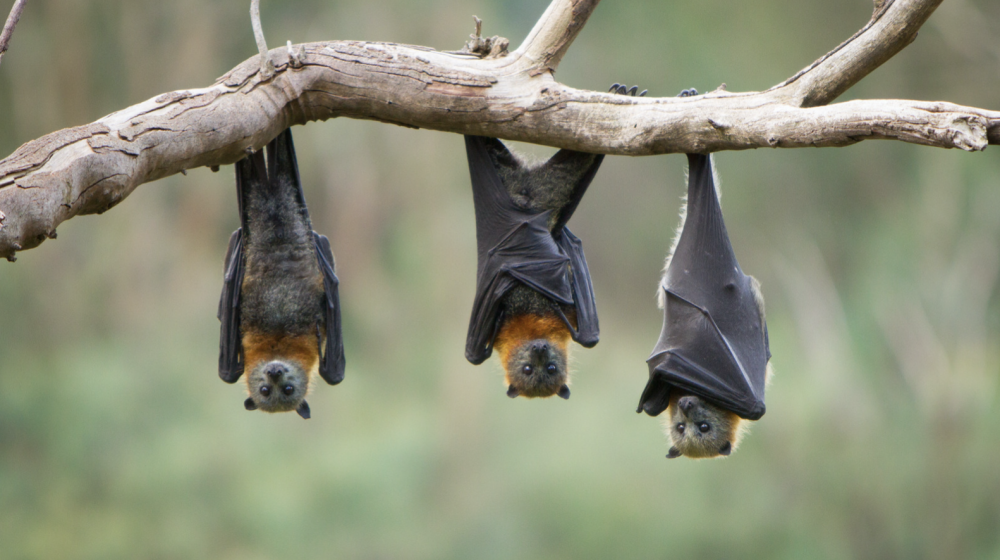
Aardvark (Order Tubulidentata):
The aardvark is a unique mammal found in Africa, primarily feeding on ants and termites. Its long, sticky tongue allows it to lap up insects from underground tunnels and mounds.
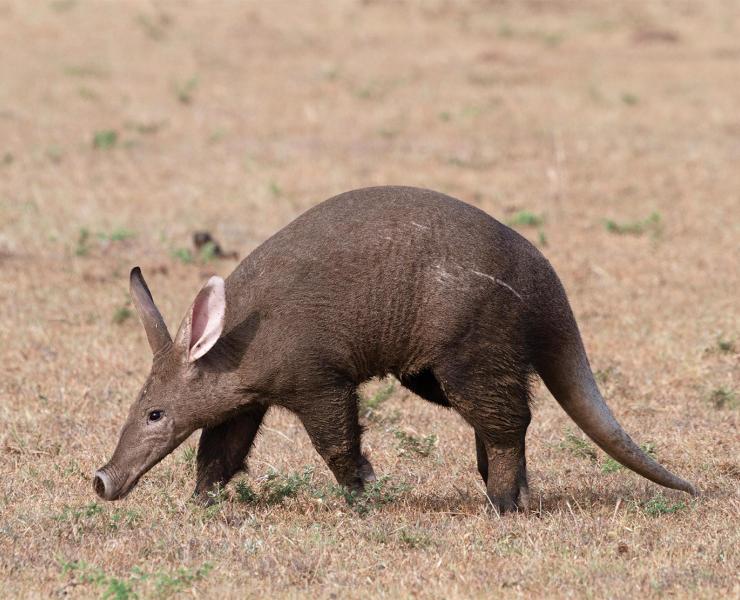
Birds (Various Orders):
Numerous bird species are insectivorous, including flycatchers, warblers, swifts, and swallows. These birds often catch insects in mid-air or glean them from foliage and other surfaces.
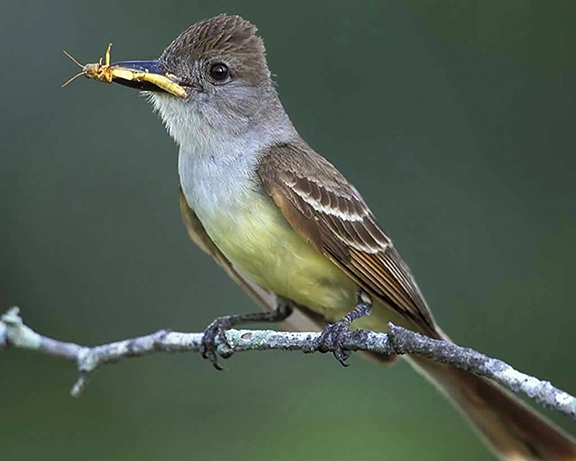
Frogs and Toads (Order Anura):
Many amphibians, such as tree frogs and toads, are insectivores during their adult stage. They use their long, sticky tongues to capture insects, which they swallow whole.
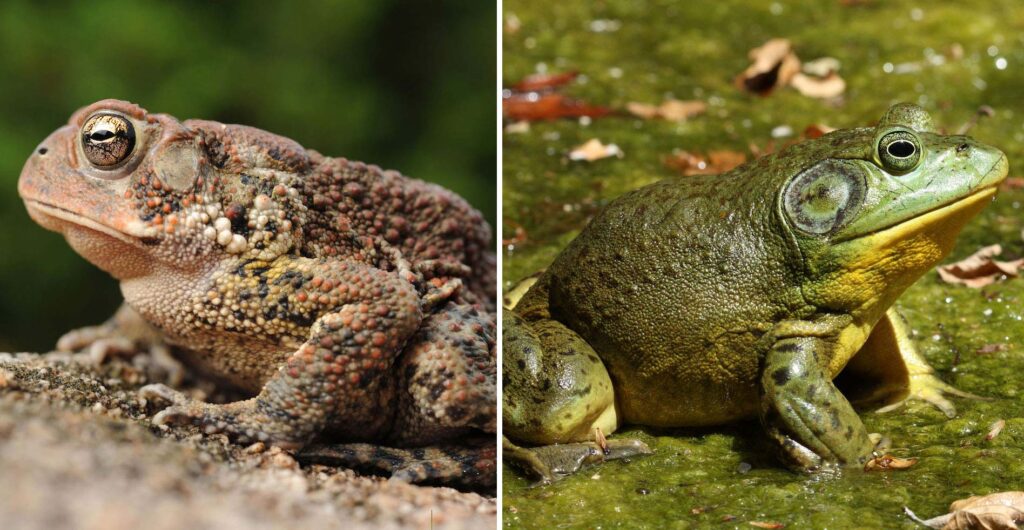
Praying Mantis (Order Mantodea):
Praying mantises are predatory insects with specialized forelegs adapted for grasping and holding prey. They are ambush predators, patiently waiting for passing insects before striking with lightning speed.
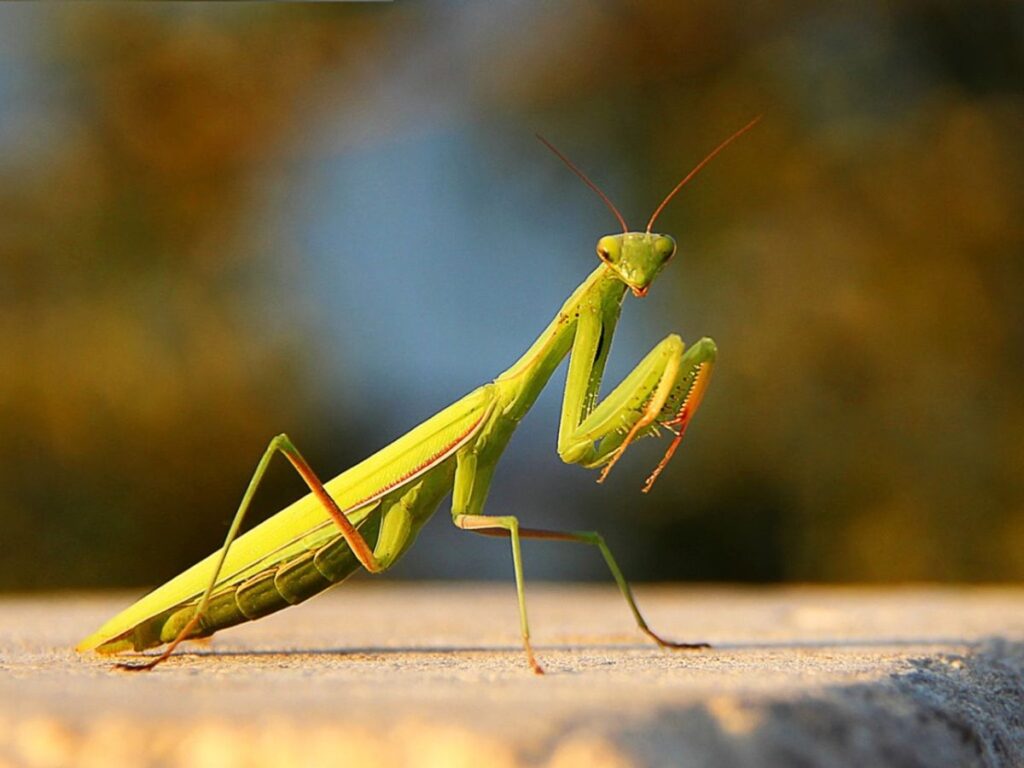
Centipedes (Class Chilopoda):
Centipedes are carnivorous arthropods that primarily feed on insects and other invertebrates. They use venomous claws to subdue prey before consuming them.
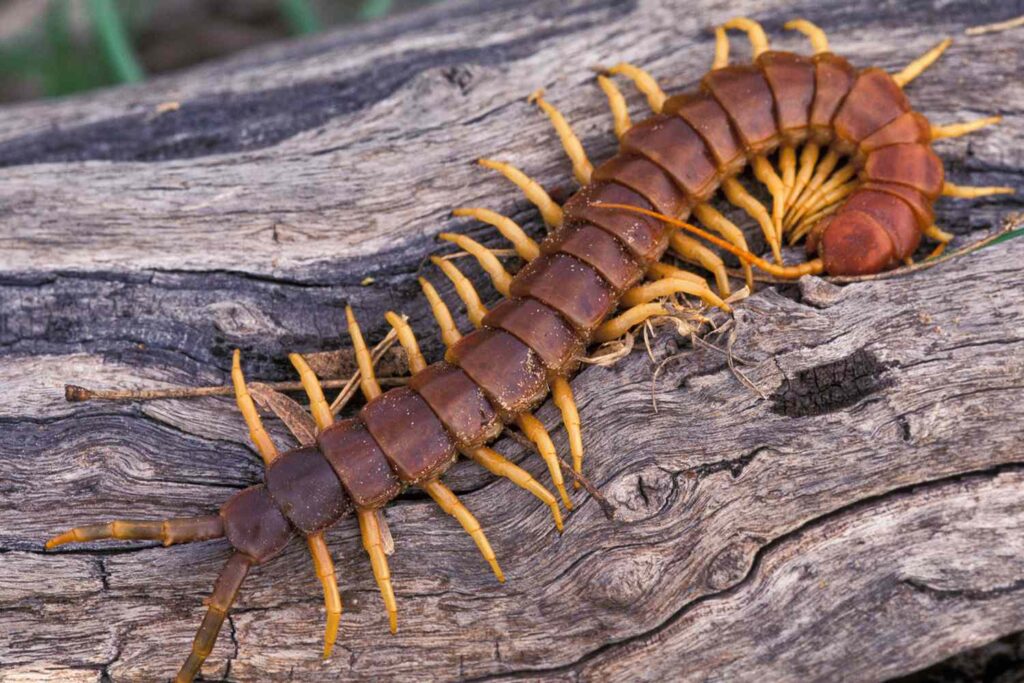
Lizards (Various Families):
Many lizard species, including geckos, anoles, and skinks, are insectivorous. They use their agility and quick reflexes to hunt down insects, which they capture with their tongues or jaws.
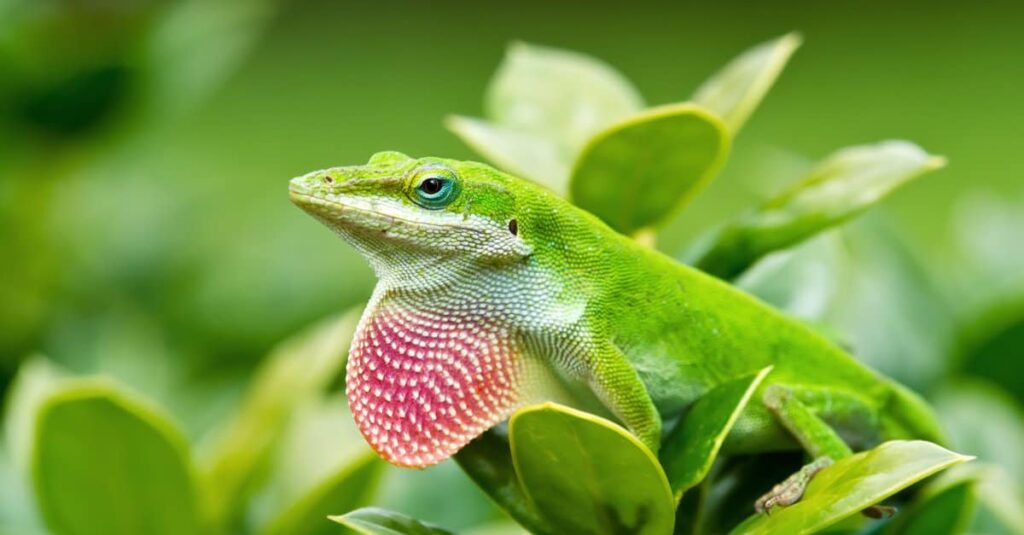
Conclusion:
In conclusion, insectivores encompass a diverse array of animals adapted to feed on insects and other invertebrates. From mammals to birds to reptiles and insects themselves, these creatures play vital roles in maintaining ecological balance by controlling insect populations. Their specialized adaptations and diverse hunting strategies highlight the fascinating evolutionary responses to a diet centered on insects.
2 thoughts on “Insectivores”
I appreciate, cause I found exactly what I was looking for. You have ended my 4 day long hunt! God Bless you man. Have a nice day. Bye
You have mentioned very interesting details! ps nice internet site.Leadership